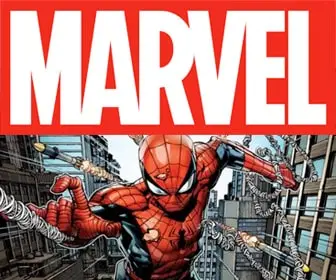
Frank Miller’s Ronin

Frank Miller’s Ronin is a classic comic book series that has become a fan favorite in the science fiction genre. In this article, we will explore the history of Frank Miller’s Ronin, its impact on the comic book industry, and its continued relevance in the modern era.
Ronin was created by Frank Miller and first published by DC Comics in 1983. The series tells the story of a samurai warrior named Miyamoto Usagi, who is transported to a dystopian future where he is forced to battle a demonic entity known as the demon Agat. The series is known for its unique blend of Japanese samurai culture and cyberpunk elements.
One of the defining features of Ronin is its innovative use of storytelling techniques. Miller experimented with non-linear storytelling, multiple perspectives, and even used splash pages as a form of visual storytelling. The series is also known for its intricate and detailed artwork, which has been highly praised by fans and critics alike.
Ronin received critical acclaim upon its release and has since become a cult classic in the comic book industry. Its unique blend of Japanese samurai culture and cyberpunk elements has inspired many subsequent works, including the critically acclaimed film Blade Runner.

In addition to its impact on the comic book industry, Ronin has also been adapted into other forms of media. It was optioned for a potential film adaptation in the 1990s, and a television series adaptation is currently in development.
If you are looking for a starting point, here are some of the most collected issues of Frank Miller’s Ronin:
- Ronin #1 – This issue, published in 1983, features the debut of Miyamoto Usagi and the other main characters. It is highly prized by collectors as the beginning of the series.
- Ronin #6 – This issue, published in 1984, features the epic conclusion to the series. It is highly prized by collectors for its action-packed storyline and dramatic conclusion.
- Ronin #4 – This issue, published in 1984, is widely regarded as one of the most visually stunning issues of the series. It features a number of innovative storytelling techniques, including splash pages and double-page spreads.
- Ronin #2 – This issue, published in 1983, is notable for its introduction of the character Casey McKenna. It is highly prized by collectors for its artwork and character development.
- Ronin #5 – This issue, published in 1984, is notable for its use of multiple perspectives and non-linear storytelling. It is highly prized by collectors for its innovative approach to storytelling.
Frank Miller’s Ronin is a classic comic book series that has become a fan favorite in the science fiction genre. Its unique blend of Japanese samurai culture and cyberpunk elements, innovative storytelling techniques, and intricate artwork have made it a timeless addition to the comic book medium. With its continued relevance in the modern era, it’s clear that Ronin will remain a beloved addition to the science fiction genre for years to come.









